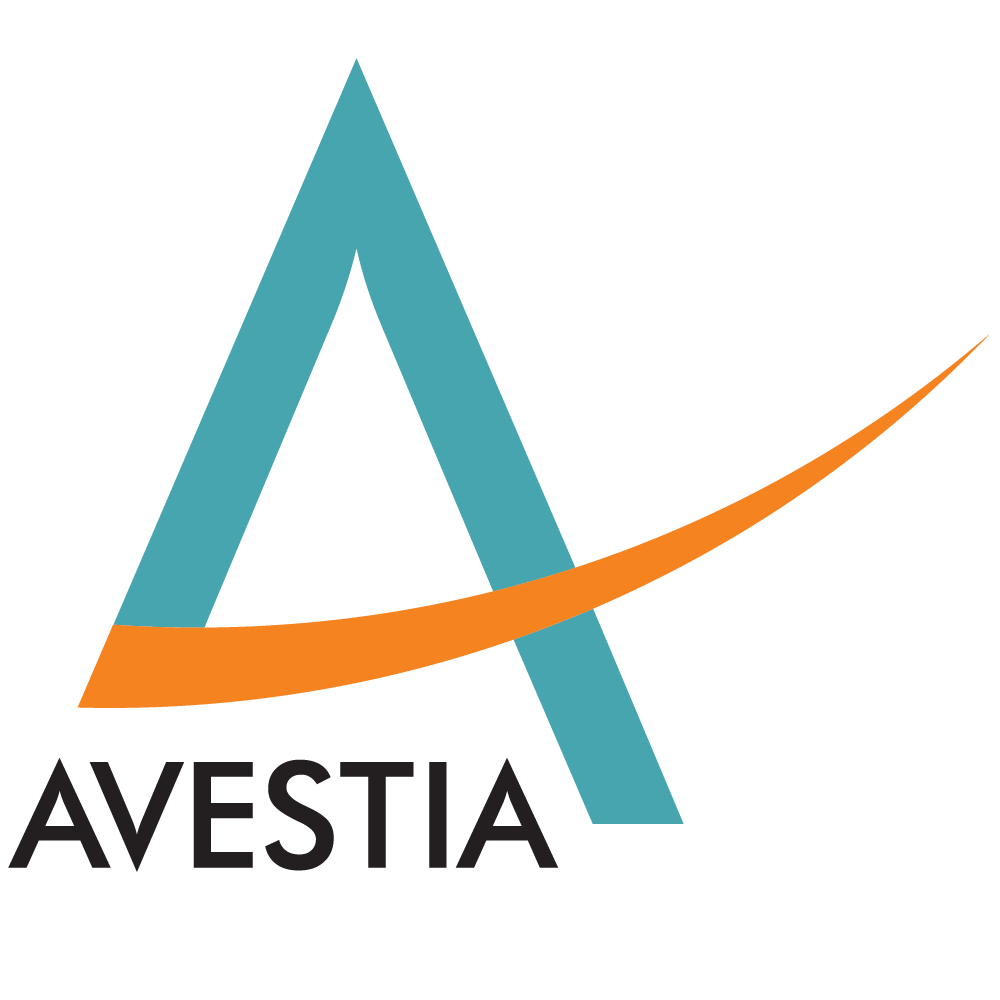Teodiano Bastos-Filho, Aura Ximena González-Cely, Sheida Mehrpour, Sheila Schreider, Fernanda Souza, Fernando Cabral, Ana Cecilia Villa-Parra
Abstract: This work presents the application of a rehabilitation protocol using a Brain-Computer Interface (BCI) based on Motor Imagery (MI) and Neurofeedbak (NF), and applying transcranial Alternating Current Stimulation (tACS) and Functional Electrical Stimulation (FES) together with the use of robotic devices, such as a robotic monocycle and a robotic glove. This protocol uses the concept of Alternating Treatment Design (ATD), in which a single chronic post-stroke patient is submitted to these techniques. The rehabilitation progress was analysed through EEG and clinical metrics, such as Fugl-Meyer Assessment Scale (FMS), Functional Independence Measurement (FIM), Modified Ashworth Scale (MAS), MiniBESTest (MBT), modified Rankin Scale (mRS), Time Up and Go (TUG), 10-Meter Walk Test (10MWT), National Institutes of Health Stroke Scale (NIHSS), Barthel Index (BI), and surface electromyography (sEMG). Results from these metrics include 6% increase in Fugl-Meyer Assessment Scale (FMS) for upper-limb and 9% increase for lower-limb; 8% increase in Functional Independence Measurement (FIM), and an improvement in the FIM score from 5.83 to 6.27; 25% increase in MiniBESTest (MBT); 30% decrease in Time Up and Go (TUG); 18% increase in time and 25% increase in number of steps for the 10-Meter Walk Test (10MWT); 25% decrease in NIHSS; and 14% increase in BI. For the metrics MAS and mRS, there was not variation, with MAS maintaining the Grade 1, and mRS maintaining a score of 3. Regarding the results for surface Electromyography (sEMG), there was a 5% increase in muscle contraction peak for finger flexors, 2% for tibialis anterior and 21% for rectus femoris. For the EEG analysis, topographic maps showed increase of energy ratio in beta/mu beta rhythms at the end of intervention.
Keywords: Brain-Computer Interface, Functional Electrical Stimulation, Neurorehabilitation, Robotic Devices, Stroke, Transcranial Alternating Current Stimulation.
Date Published: October 21, 2025 DOI: 10.11159/jbeb.2025.002
View Article